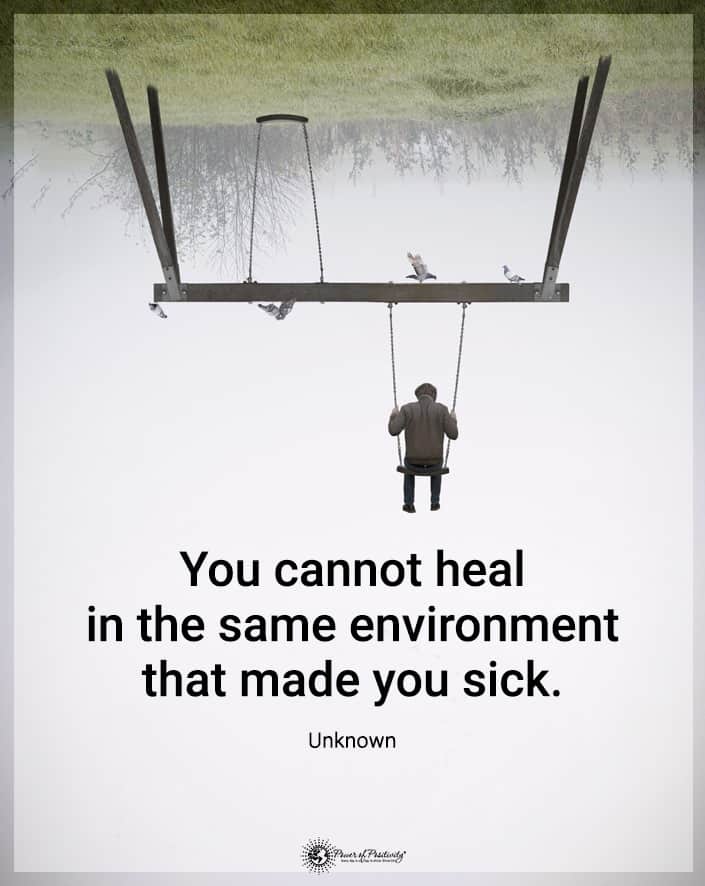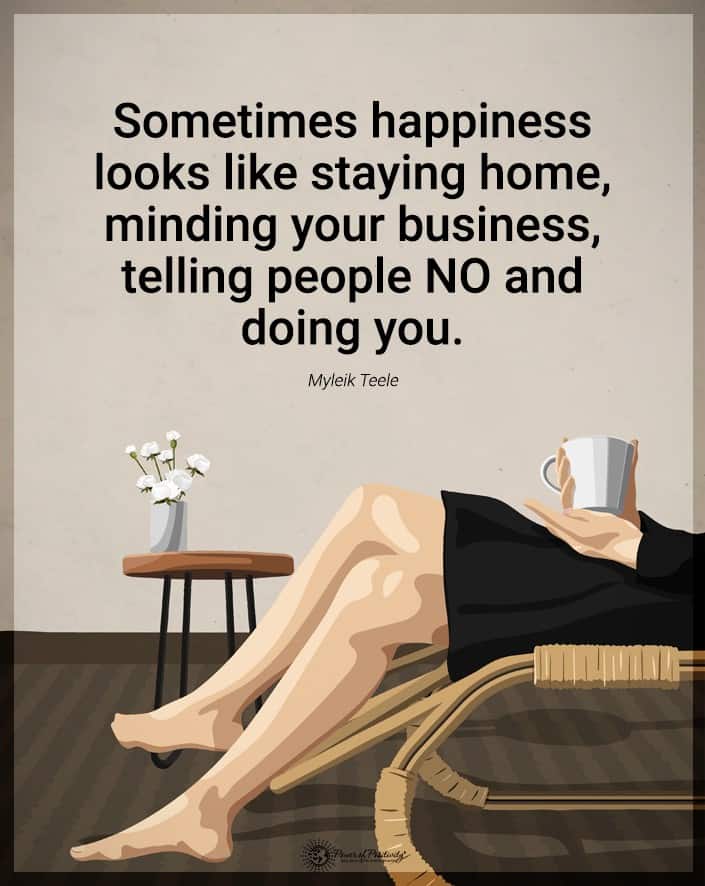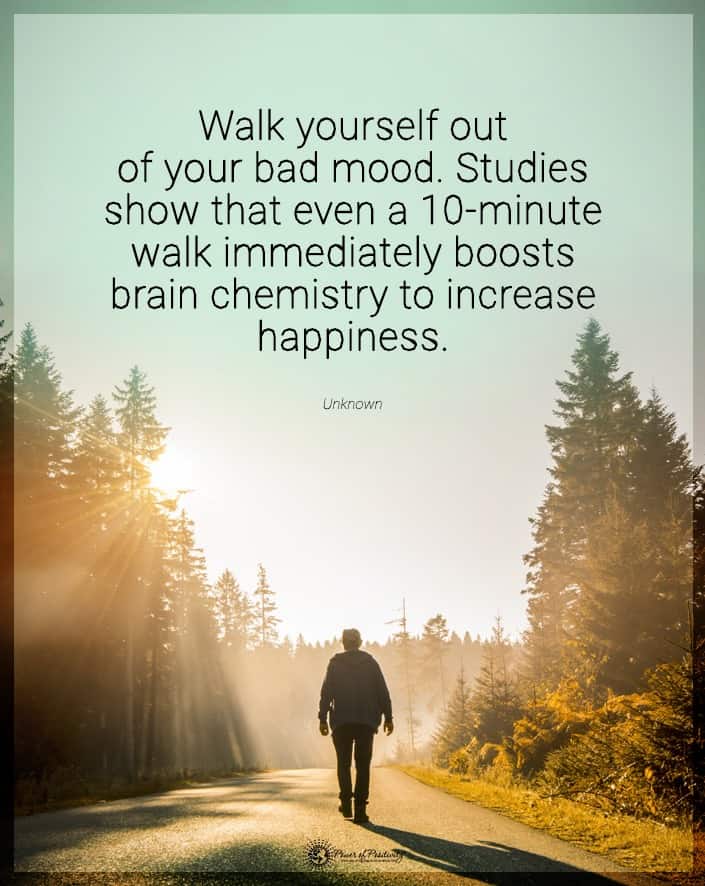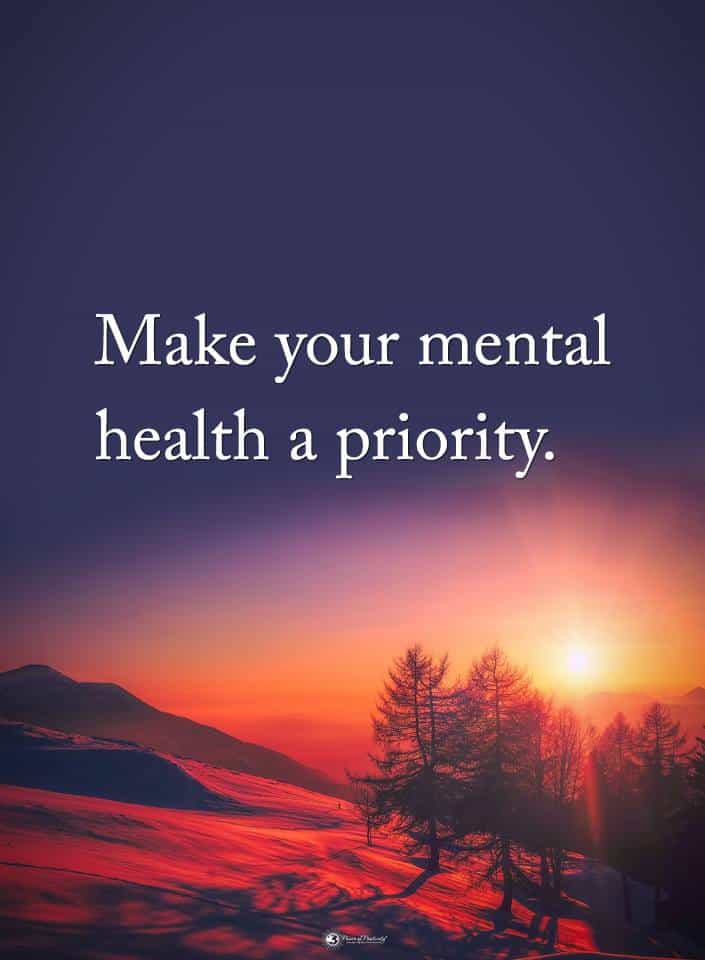Astronomers have recently observed peculiar radio waves emitting from our galactic center. Researchers say the radio waves don’t resemble any previous variable radio source. This data suggests that the signals may come from a new cosmic object in the Milky Way.
Could it be aliens attempting to communicate with us? Researchers aren’t sure, but it’s exciting to think about that possibility.
“The strangest property of this new signal is that it is has a very high polarisation. This means its light oscillates in only one direction, but that direction rotates with time,” said Ziteng Wang, lead author of the new study and a Ph.D. student in the School of Physics at the University of Sydney.
“The brightness of the object also varies dramatically, by a factor of 100, and the signal switches on and off apparently at random. We’ve never seen anything like it.”
In this case, the brightness doesn’t refer to light emitted from the object but rather the strength of the signal. So, a bright radio signal means a strong one.
Many different types of stars send variable light waves across the electromagnetic spectrum. Many advances have been made in radio astronomy, the study of unstable objects in radio waves in modern times. This field of study helps scientists uncover new information about how the Universe works.
Astronomers have observed that celestial objects with varying brightness levels include pulsars, supernovae, flaring stars, and fast radio bursts. The object emitting signals from the Milky Way’s center doesn’t resemble any of these, however.
“At first, we thought it could be a pulsar — a very dense type of spinning dead star — or else a type of star that emits huge solar flares. But the signals from this new source don’t match what we expect from these types of celestial objects,” Mr. Wang said.
Research about the celestial object appeared in the Astrophysical Journal.
 Astronomers Find Strange Radio Waves Coming From the Galactic Center
Astronomers Find Strange Radio Waves Coming From the Galactic Center
Mr. Wang collaborated with scientists from Australia’s national science agency CSIRO, Germany, the United States, Canada, South Africa, Spain, and France. The international team found the galactic object with the CSIRO’s ASKAP radio telescope in Western Australia. They also used the South African Radio Astronomy Observatory’s MeerKAT telescope for additional observations.
Mr. Wang’s Ph.D. supervisor from the Sydney Institute for Astronomy and the School of Physics, Professor Tara Murphy, commented on the findings.
Professor Murphy said: “We have been surveying the sky with ASKAP to find unusual new objects with a project known as Variables and Slow Transients (VAST), throughout 2020 and 2021.
“Looking towards the center of the Galaxy, we found ASKAP J173608.2-321635, named after its coordinates. This object was unique in that it started invisibly, became bright, faded away, and then reappeared. This behavior was extraordinary.”
The team observed six radio signals from the galactic center for nine months in 2020. The astronomers wanted to take it a step further and locate the object in visible light. Unfortunately, their search didn’t produce any results.
So, they decided to use the Parkes radio telescope in hopes of discovering the object. Once again, they couldn’t detect the source. However, they still had one last option.
Professor Murphy said: “We then tried the more sensitive MeerKAT radio telescope in South Africa. Because the signal was intermittent, we observed it for fifteen minutes every few weeks, hoping that we would see it again.
“Luckily, the signal returned, but we found that the behavior of the source was dramatically different — the source disappeared in a single day, even though it had lasted for weeks in our previous ASKAP observations.”
Unfortunately, the observation didn’t tell them much about the source of the variable radio signal.
Radio Waves Unlike Any Observed Before
Mr. Wang’s co-supervisor, Professor David Kaplan from the University of Wisconsin-Milwaukee, said: “The information we do have has some parallels with another emerging class of mysterious objects known as Galactic Centre Radio Transients, including one dubbed the ‘cosmic burper.’
“While our new object, ASKAP J173608.2-321635, does share some properties with GCRTs, there are also differences. And we don’t understand those sources, anyway, so this adds to the mystery.”
The scientists will keep tracking the galactic object in hopes of finding out more about the strange signal.
“Within the next decade, the transcontinental Square Kilometre Array (SKA) radio telescope will come online. It will be able to make sensitive maps of the sky every day,” Professor Murphy said. “We expect the power of this telescope will help us solve mysteries such as this latest discovery, but it will also open vast new swathes of the cosmos to exploration in the radio spectrum.”
The Square Kilometer Array (SKA) telescope project is a massive undertaking from 20 different countries. The world’s largest radio telescope will encompass one million square meters of surveying area. It represents one of the most significant scientific endeavors in history, a collaboration between the world’s most brilliant scientists and engineers.
The SKA will use thousands of dishes and up to a million low-frequency antennas. This information will allow astronomers to survey the sky in unparalleled detail and speed. It will significantly surpass the capabilities of the Hubble Space Telescope. Upon its completion in the late 2020s, perhaps astronomers can uncover more about the mysterious signals coming from the galactic center.
 Final Thoughts: Scientists Find Unexplained Radio Signals Astronomers Find Strange Radio Waves Coming From the Galactic Center
Final Thoughts: Scientists Find Unexplained Radio Signals Astronomers Find Strange Radio Waves Coming From the Galactic Center
Scientists have observed many strange signals in outer space, but none compare to this latest discovery. Astronomers found a new radio signal emitting from the galactic center that doesn’t match previous findings. This suggests that a new cosmic object is sending the signals, but scientists can’t yet determine the source.
They hope that with the completion of the Square Kilometer Array (SKA) telescope, they can solve the mystery once and for all. The powerful telescope will also allow them to explore new areas of space, making it crucial to further scientific discoveries.
Eventually, it might help us solve the question humans have been asking since the dawn of time: are we truly alone in the Universe?

 The main goals of the plan include the following:
The main goals of the plan include the following: Final Thoughts: New EPA Guidelines Will Prompt Chemical Cleanup of PFAS
Final Thoughts: New EPA Guidelines Will Prompt Chemical Cleanup of PFAS


 If you think about it, everyone praises an open-minded person. It is generally considered a positive quality that’s necessary for rational and critical thinking. But not many people associate this with unpredictability. If you want to learn how to become unpredictable, stop listening to the people telling you it’s wrong. Understand what the core values of the concept are and adapt them to your life.
If you think about it, everyone praises an open-minded person. It is generally considered a positive quality that’s necessary for rational and critical thinking. But not many people associate this with unpredictability. If you want to learn how to become unpredictable, stop listening to the people telling you it’s wrong. Understand what the core values of the concept are and adapt them to your life. 2. Is Essential For Success
2. Is Essential For Success Final Thoughts On Ways Being Unpredictable Can Help You Discover New Possibilities
Final Thoughts On Ways Being Unpredictable Can Help You Discover New Possibilities







